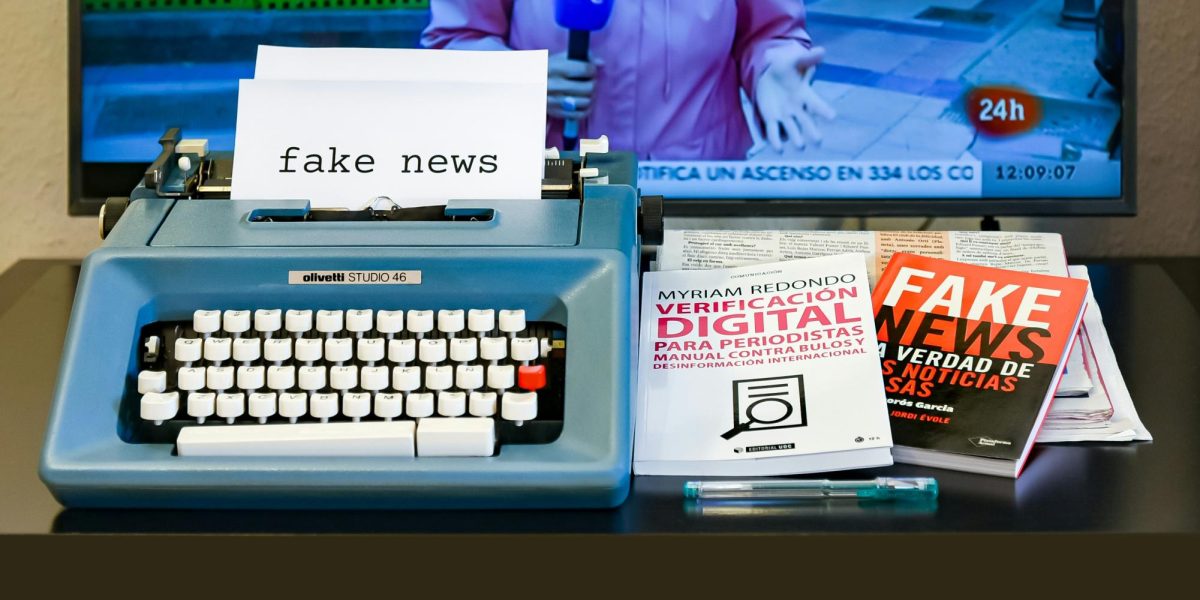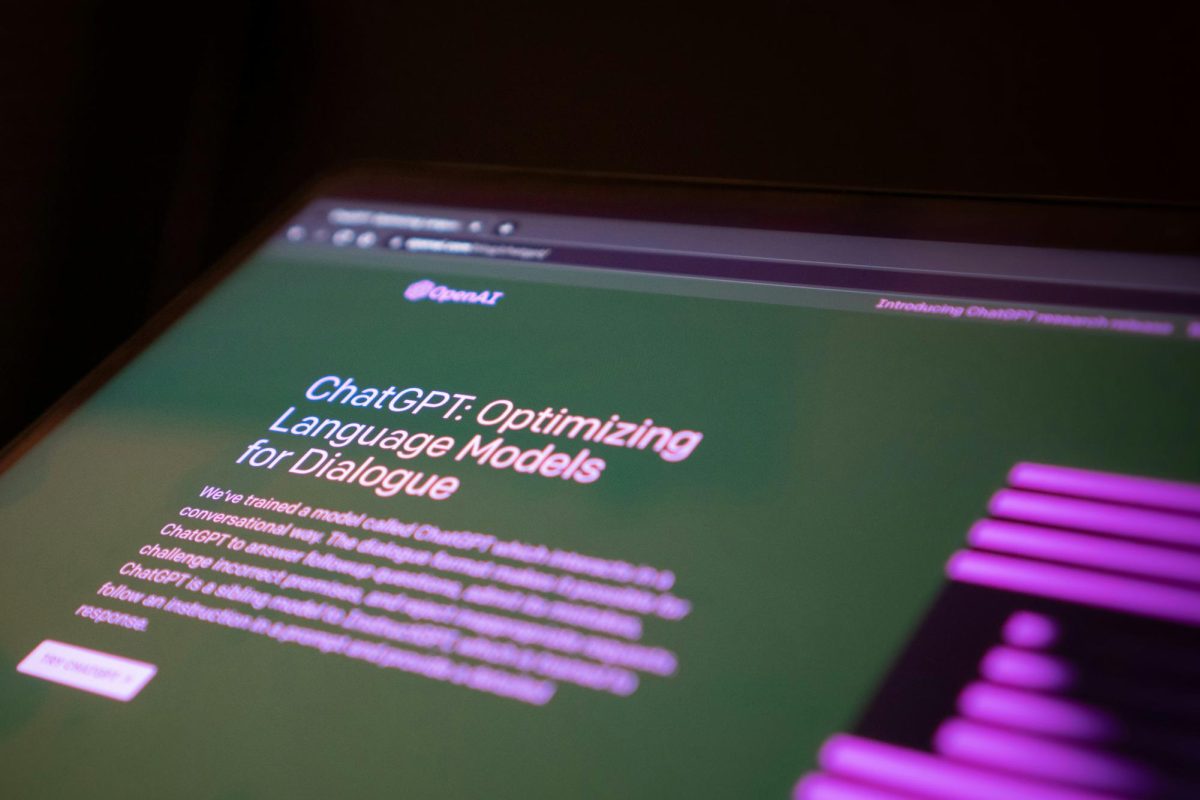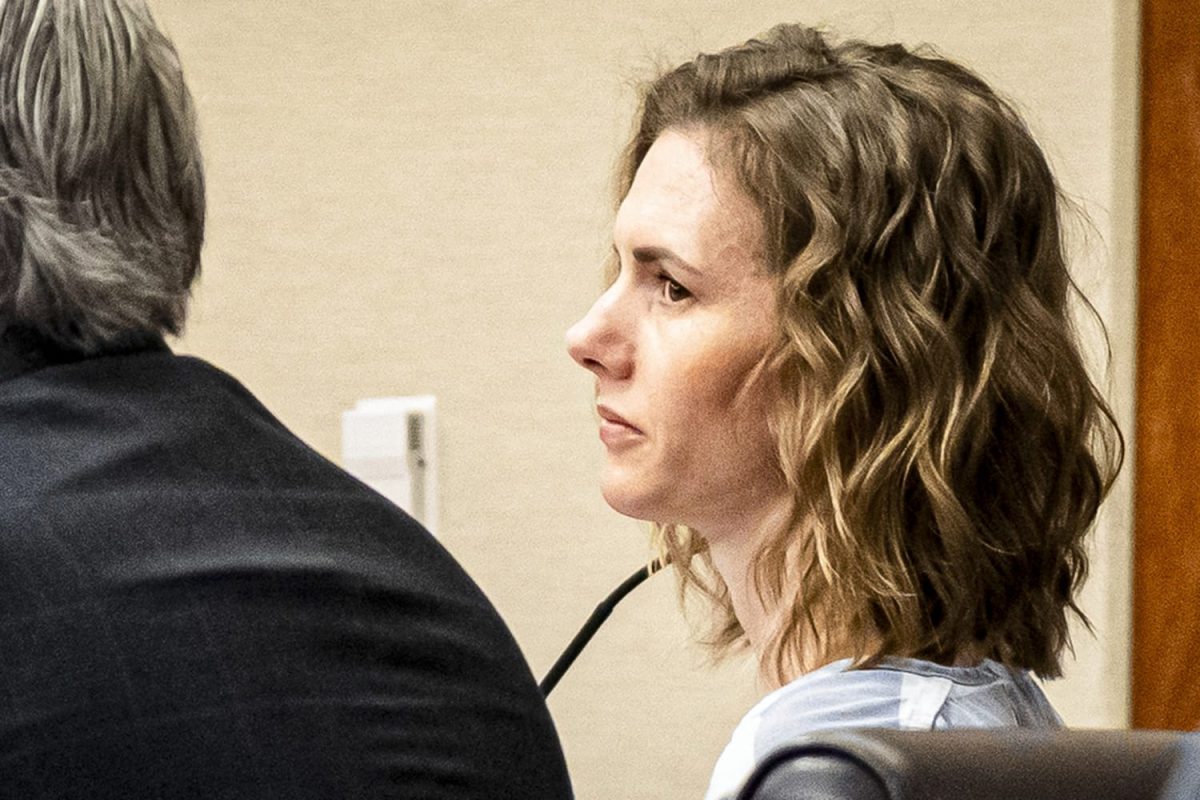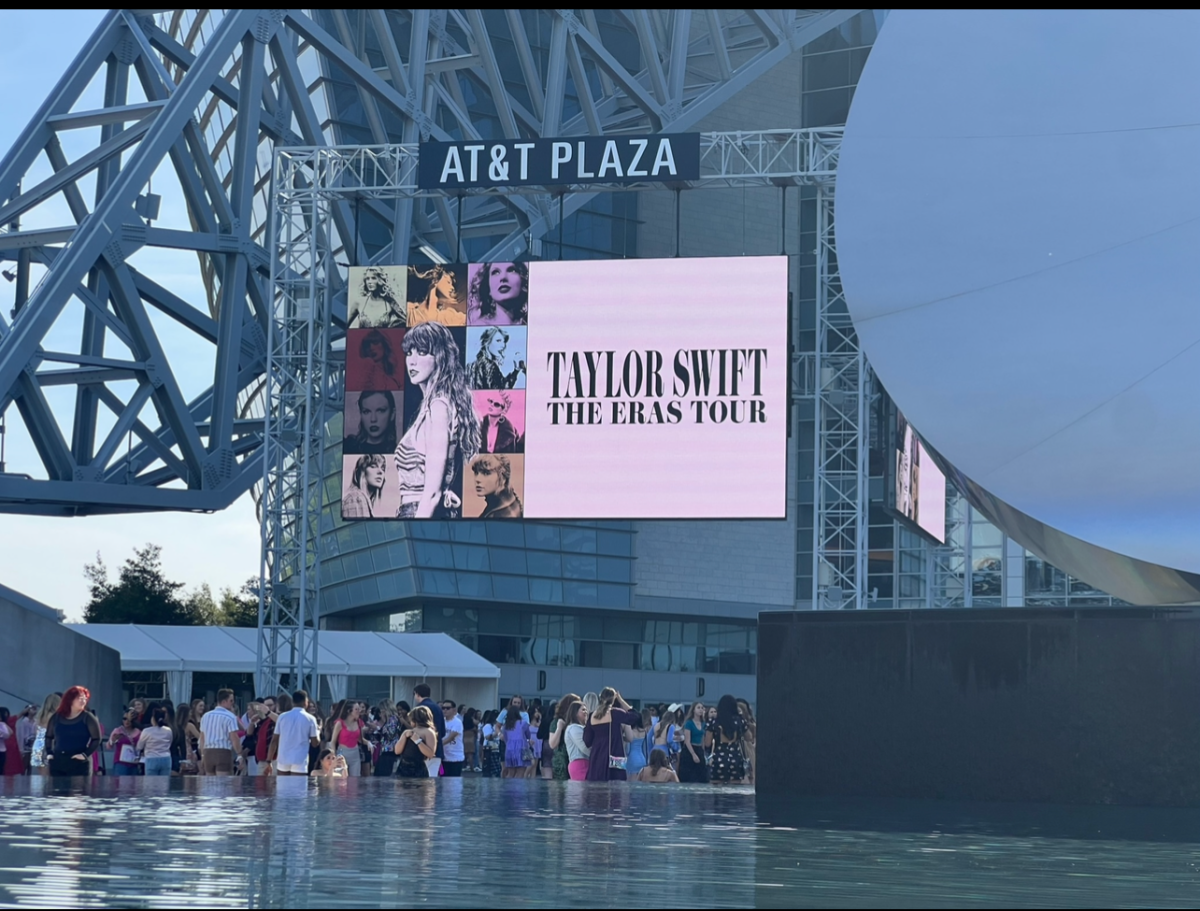FRISCO, TX — Centennial High School (CHS) is known for its high-achieving students and academically driven environment in the Frisco Independent School District (FISD). In a digital age of information dissemination, how does fake news and misinformation spread among students, and how is that a consequence of the environment?
CHS is located in a city that is more expensive to live in than most U.S. cities, according to Best Places. It is recognized for its academic excellence and hosts a student population in which the majority of students are considered minorities with a mostly Asian background. These environmental factors influence what students talk about and are important to them.
Misinformation centers around what the students at CHS value, such as information about grades, colleges, and extracurricular activities. However, the usual misinformation is also present- relationship status, friendships, parties, and sports games. These topics generate enough interest for misinformation to spread from person to person to the people they know.
Many students come from the same middle schools and are highly connected online, so they know each other from previous years, and social networks are highly interconnected. Therefore, misinformation is prevalent through social media or word of mouth in the form of rumors and unreliable information from sources.
Bits and pieces of information are communicated through social media platforms. This includes direct messaging and the information that students see in their feeds. Social media feeds are a blend of what the friends, celebrities, businesses, and spam accounts students follow like and post. For example, a friend who likes a picture of cats will cause cats to pop up in your algorithm. Similarly, this could happen if you like reels, images, or other content that features in the friend’s algorithm. However, how information is shown depends on the source.
Prasanna Bendalam offers insight into common sources of information students use.
“For general news, it’s Reddit and TikTok,” Bendalam said. “My attention span is… short. I think most people in my generation, in Gen-Z and Gen-Alpha, have… shorter attention spans than people… in the past, so traditional news and those hour-long segments…[don’t] keep my attention long enough. Whereas, a TikTok…or Reddit, I can read the title, read the comments, hear other people’s perspectives, but it’s a lot shorter and… gets to the point faster.”
Bendalam supports looking at the big picture, as short-form content can convey less information.
“For breaking news, I think [short form content] is good. It… takes away information, though, so if I want more information, that’s when I’ll go to Fox News or CNN News. I try to stay informed,” Bendalam said. “Something I… appreciated earlier in the year was Parrish in [Audio Video Production], talking about sources and their biases. He recommended [Ground News, which] tells you the bias so you can take everything with a grain of salt. I try my best to read multiple sources because if I read just Fox, I’ll get a biased view. AP News is great. I think that’s the one I read the most outside of my TikTok videos.”
Caleb Williams finds Instagram to be a useful resource to find out more about current school events and news.
“For my school, how I find social information about the school [is] I will look at their Instagram. I very rarely will look at their Canvas announcements, but most of the stuff I will find on their Instagram accounts. For example, things like [Student Council] (STUCO), Titan TV for things that I asked for, Cen10Titans, the official account. That’s pretty much where I get all of my information from.”
Students use social media to share information about their hobbies and show off what they work on in their free time, contributing to what people know about them and what information they share. Social media is a platform students use to express themselves and view media.
“I use social media a lot to promote my videography and my editing skills…that’s mainly what I use it for, but sometimes I use it just to doomscroll,” Williams said.
Centennial’s Titan Pride Yearbook Adviser and Photojournalism Teacher Alexa Pace views media literacy as vital for students to learn in and out of the classroom when reading news, using social media, and as future adults.
“I try to talk to them like… seeing things on Twitter or TikTok is a good starting point as long as you go in and investigate the resources that will give you different perspectives,” Pace said. “A lot of it is ‘hey, did you hear about this?’ and if I did hear about it, I’ll Google it and say ‘well, actually, this is reality. Because you saw one post or one video and you believed it, doesn’t mean it’s true.’ A lot of the time, that’s how the conversation starts, and then I’m able to talk to them about go[ing] deeper…It’s helping you find truth when… looking at different viewpoints and sources to get a better picture.”
Connecting media literacy to teaching creates a complex landscape for students in an age of rapid information dissemination. As educators navigate this challenge, fostering critical thinking prepares students to discern fact from misinformation in their academic and personal lives. As students at CHS continue to share information, media literacy will help them identify misinformation and use social media responsibly. With these critical thinking skills, students will be able to form more well-informed conclusions in real life and online, making them better engaged and informed citizens as a generation in the modern age.









